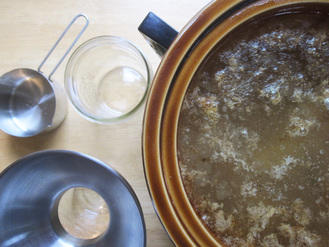
I spent this past Saturday morning at the Hollywood Farmers Market here in Portland, Oregon, doing a cooking demonstration about delicious, nutritious bone broth. See, I’ve been making bone broth (also called stock) for a couple years now, and it wasn’t until I spent a few minutes with a book called Nourishing Broth by Sally Fallon Morrel and Kaayla T. Daniel, that I realized how much more there was to know about bone broth—how it can be used therapeutically for a variety of specific conditions, and how it changes depending on the bones, the species and cooking time. I shared some of my new knowledge at the market, along with an original recipe for dog biscuits that use the long-cooked softened bones as an ingredient.
Here’s a couple basic recipe for bone broth that you can make at home. Stay tuned for Doggy Biscotti!
Bone Broth - Slow Cooker or Stove Top
bones of chicken, lamb or beef
water to cover
about 1/4 cup apple cider vinegar to every half gallon of water
Combine all the ingredients in a large pot, cook over very low heat, avoiding a boil, for 24 hours. Allow the pot to cool slightly, then remove the broth and enjoy it in soups, sauces or as a daily tonic with fresh herbs and a small amount of salt. The particulate matter is nutritious as well as the clear liquid, but if you like a cleaner look, you can strain out the particulates with a coffee filter or a few layers of cheesecloth. Bone broth will keep for about a week in the fridge, or it can be frozen for later use.
Continuous Slow Cooker Bone Broth
To keep a continuous batch of bone broth going, follow the above recipe using a slow cooker and ladle out a quart of broth. Replace the liquid with water and a few tablespoons of apple cider vinegar and allow the broth to cook for another 24 hours before removing additional bone broth. Over time, the bones will soften as the minerals and proteins are dissolved into the broth. The qualities of the broth will change too, depending on how long the bones are cooked and what part of the animal they are from.
Here’s a couple basic recipe for bone broth that you can make at home. Stay tuned for Doggy Biscotti!
Bone Broth - Slow Cooker or Stove Top
bones of chicken, lamb or beef
water to cover
about 1/4 cup apple cider vinegar to every half gallon of water
Combine all the ingredients in a large pot, cook over very low heat, avoiding a boil, for 24 hours. Allow the pot to cool slightly, then remove the broth and enjoy it in soups, sauces or as a daily tonic with fresh herbs and a small amount of salt. The particulate matter is nutritious as well as the clear liquid, but if you like a cleaner look, you can strain out the particulates with a coffee filter or a few layers of cheesecloth. Bone broth will keep for about a week in the fridge, or it can be frozen for later use.
Continuous Slow Cooker Bone Broth
To keep a continuous batch of bone broth going, follow the above recipe using a slow cooker and ladle out a quart of broth. Replace the liquid with water and a few tablespoons of apple cider vinegar and allow the broth to cook for another 24 hours before removing additional bone broth. Over time, the bones will soften as the minerals and proteins are dissolved into the broth. The qualities of the broth will change too, depending on how long the bones are cooked and what part of the animal they are from.
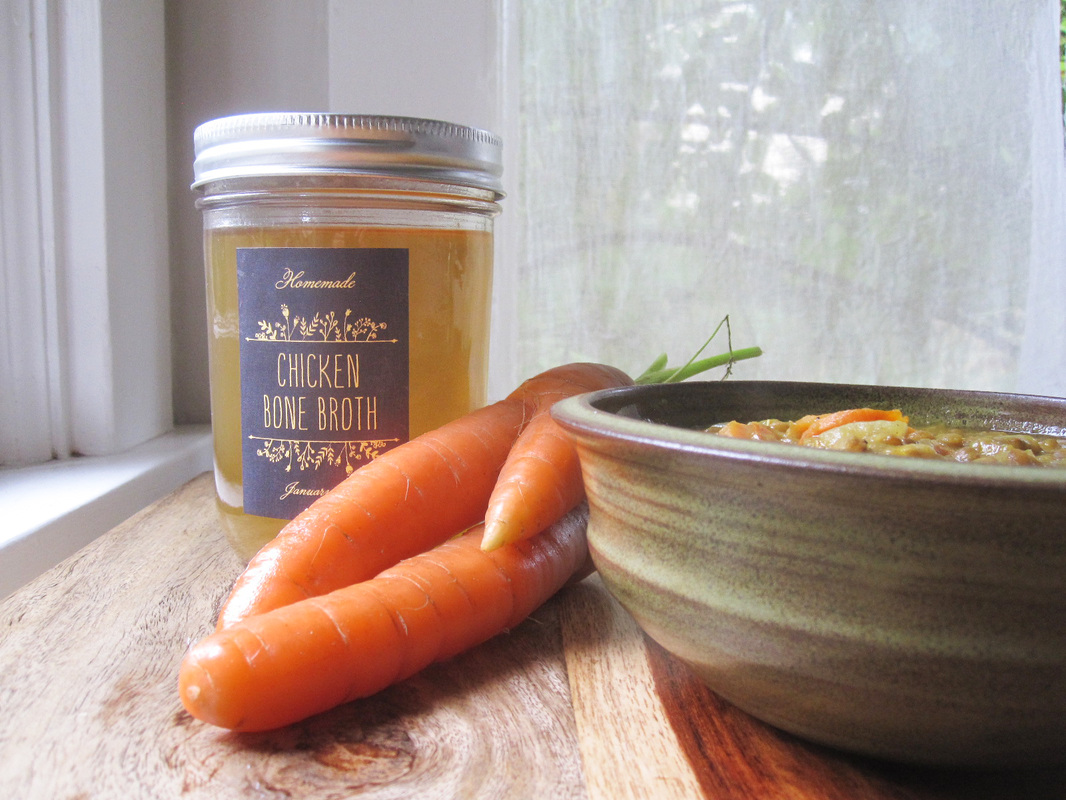
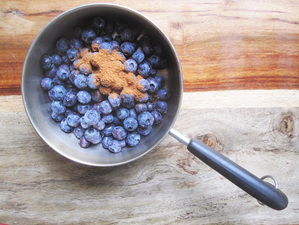
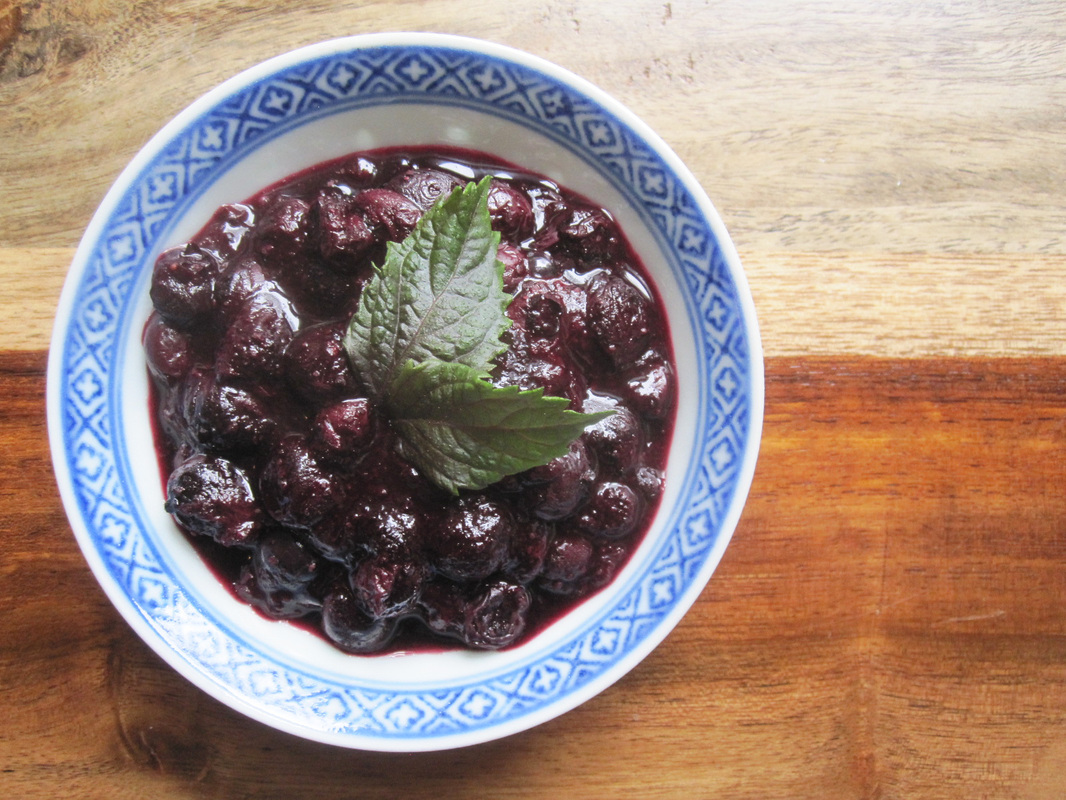
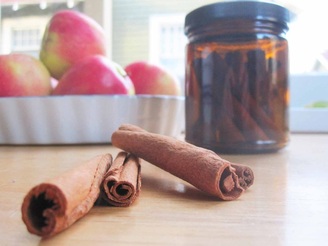

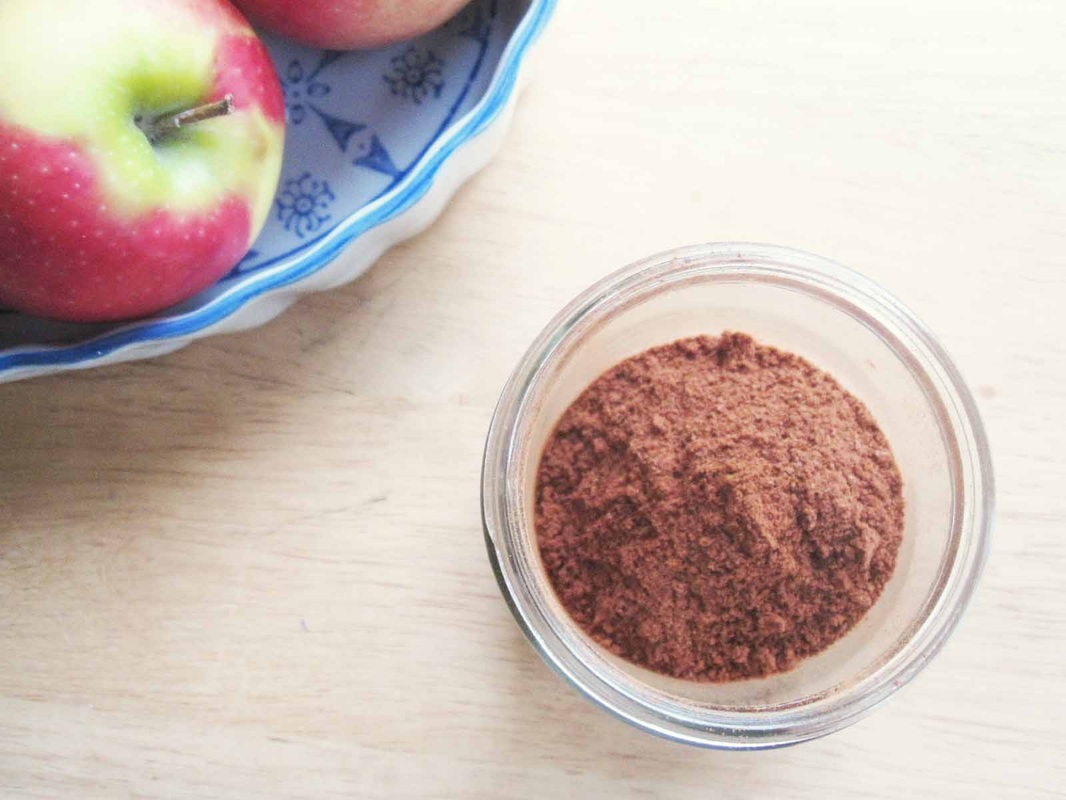
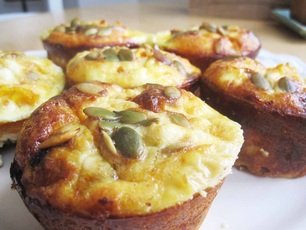
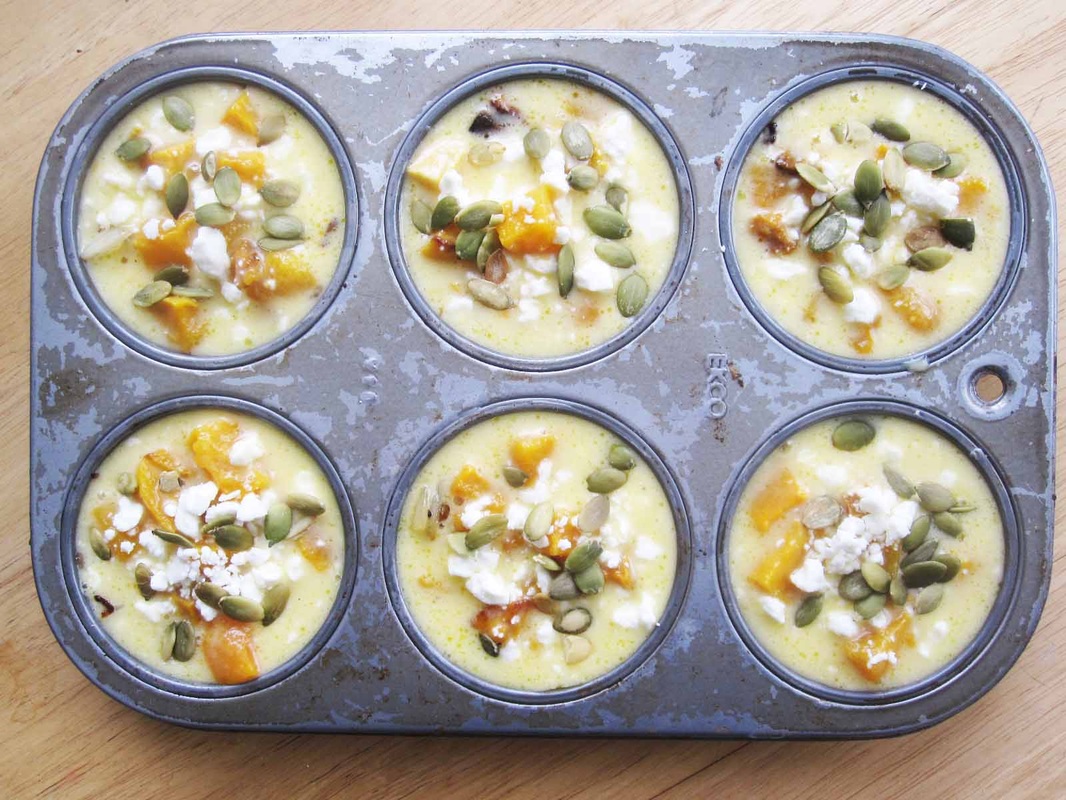
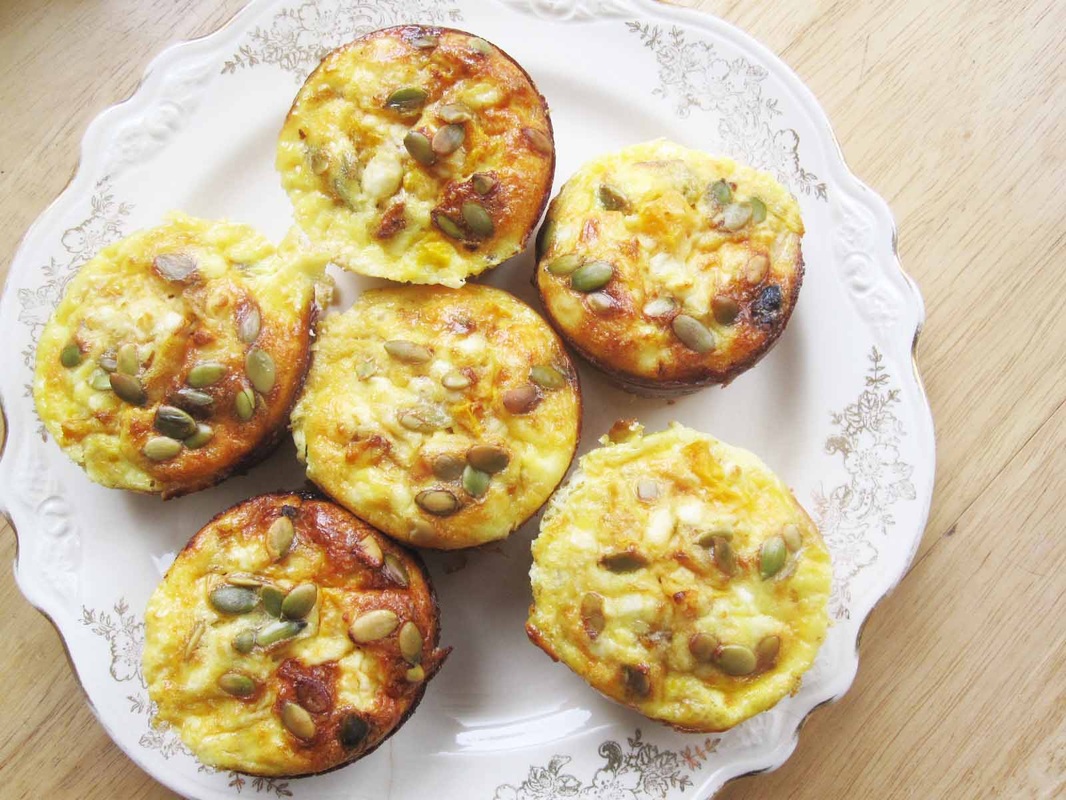
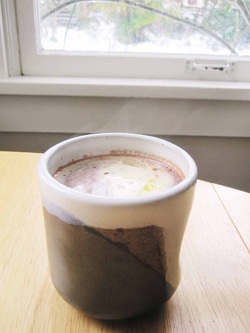
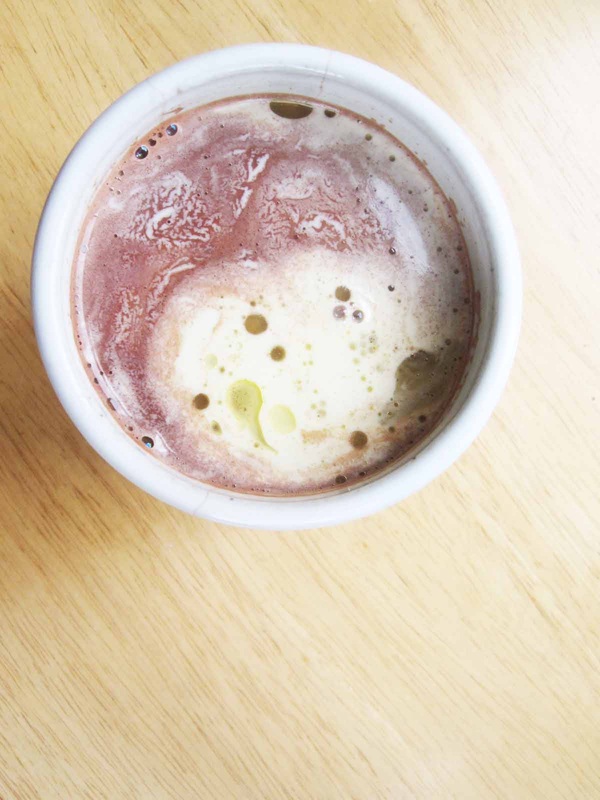
 RSS Feed
RSS Feed